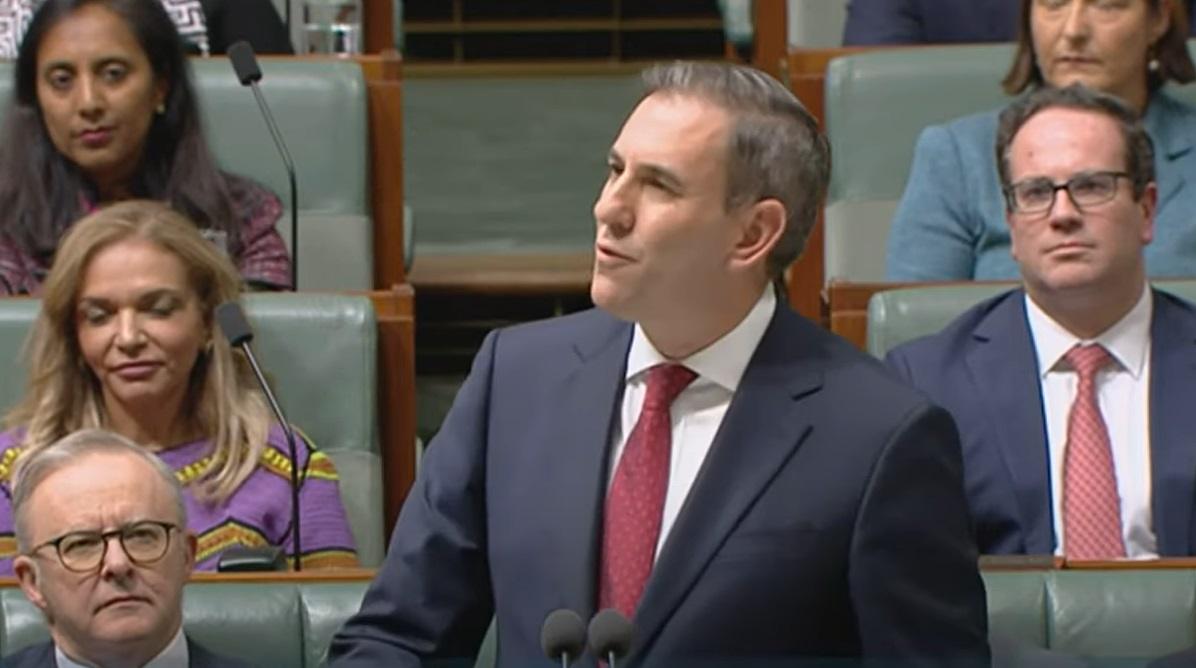Australia Invests Over $5 Billion to Develop Clean Hydrogen Sector
The government of Australia announced today a series of large-scale investments aimed at boosting the country’s clean energy sector, including plans to invest A$8 billion (USD$5.3 billion) in hydrogen production and technology over the next 10 years.
The new investments were announced with the release of the government’s 2024-2025 budget, which also allocated over A$3 billion through the Australian Renewable Energy Agency (ARENA) to support the commercialization of technologies supporting the transition to net zero, and outlined plans to advance the development of the sustainable finance sector.
Australia’s clean energy investments follows the establishment into law by the Albanese government in 2022 of Australia’s climate goals, including its targets to reduce greenhouse gas emissions by 43% by 2030, compared to 2005 levels, and to achieve net zero by 2050, and comes as major economies worldwide are gearing up to capitalize on the opportunities to participate in the global transition to cleaner energy systems and industries, with massive energy transition investment plans underway, particularly by the U.S. and the EU.
The new investments follow A$4 billion announced in the prior year’s budget to clean energy-focused programs and initiatives, targeting areas including green hydrogen, industrial decarbonization, and residential energy efficiency.
Hydrogen is viewed as one of the key building blocks of the transition to a cleaner energy future, particularly for sectors with difficult to abate emissions, in which renewable energy solutions such as wind or solar are less practical, such as metals manufacturing and heavy transport.
Around 90 million metric tons of hydrogen are produced annually, although the vast majority is extracted using fossil fuels, which create pollutants and GHG emissions. The development of clean hydrogen capacity, such as green hydrogen, which uses renewable energy to power the process to extract hydrogen from other materials, will require massive investments in areas including infrastructure, electrolysis, and transport.
One of the programs introduced in the new budget is a new Hydrogen Production Tax Incentive, providing a $2 incentive per kilogram of renewable hydrogen produced between 2027–28 to 2039–40, which the government estimated will cost $6.7 billion. The budget also allocated $1.3 billion to Australia’s Hydrogen Headstart program, aimed at supporting large-scale renewable hydrogen projects through production credits covering the commercial gap between the cost of producing renewable hydrogen and its market price.
The new ARENA funding includes $1.7 billion for the launch of a new Future Made in Australia Innovation Fund, aimed at deploying climate technologies linked to priority sectors such as green metals, batteries and low carbon liquid fuels.
The new budget also outlines initiatives by the government to advance sustainable finance, including plans to extend the sustainable finance taxonomy to the agriculture sector, and the development of a labelling regime for financial products marketed as “sustainable.”
In a statement announcing the new budget, Australia Treasurer Jim Chalmers said:
“This plan will help Australia build a stronger, more diversified and more resilient economy powered by clean energy, to create more secure, well‑paid jobs and encourage and facilitate the private sector investment required to make the most of this opportunity.”





